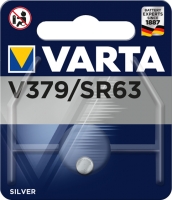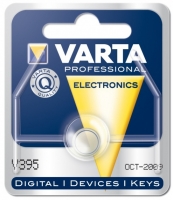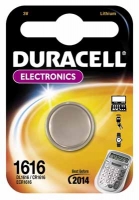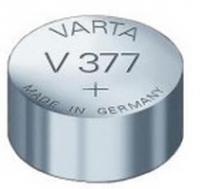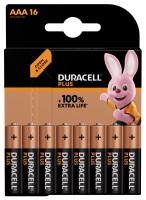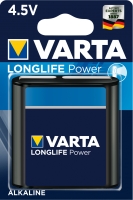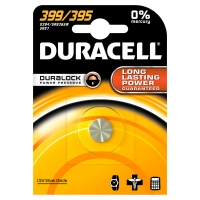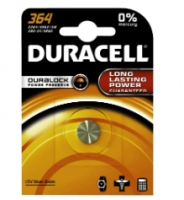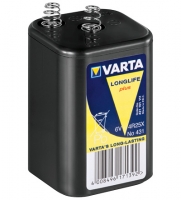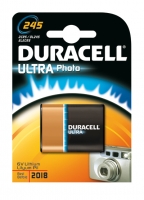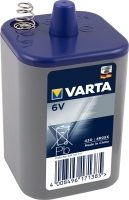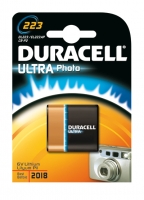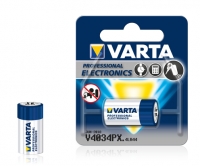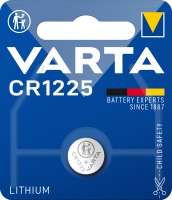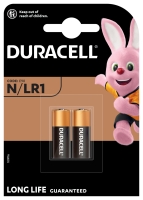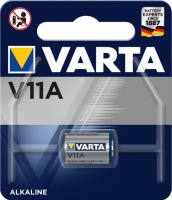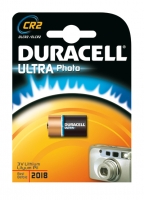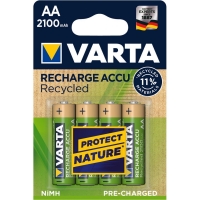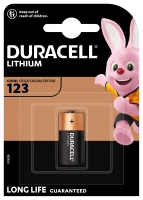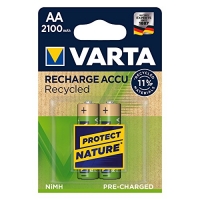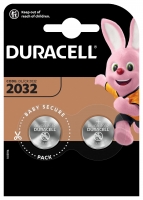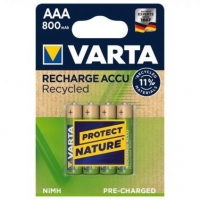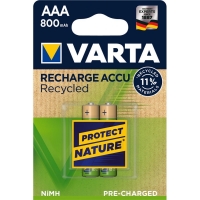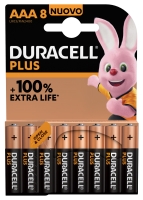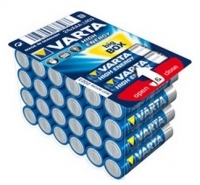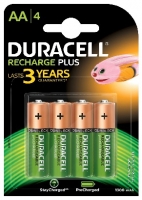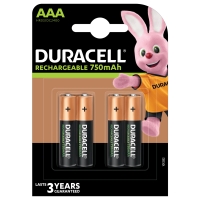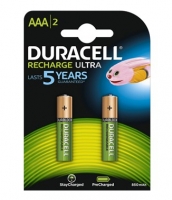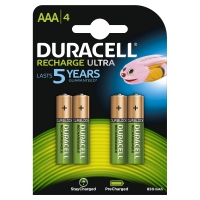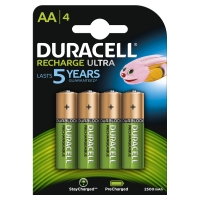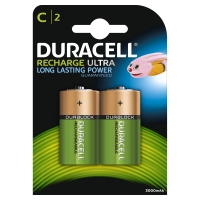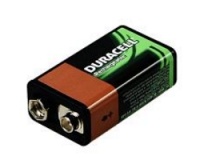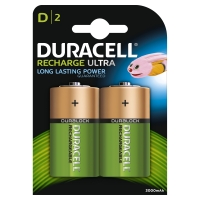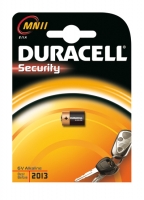ADVANTAGES AND APPLICATIONS The DURACELL zinc/potassium hydroxide/manganese dioxide battery system, commonly referred to as alkaline or Alkaline Manganese Dioxide, is now recognized as the premium primary zinc anode battery system. It has been selected for consumer, industrial and military applications where an economical and reliable battery is required.Its major advantages (compared to the zinc-carbon battery system) are a high energy density; the ability to operate continuously at relatively high discharge rates over a wide temperature range (due to its lower internal resistance); and a shelf life in excess of four years. The cost of the alkaline battery, on a service life basis, is lowest in medium to high drain applications. CHEMISTRY The components of the alkaline-manganese battery are a zinc anode, a manganese dioxide cathode, and a highly conductive potassium hydroxide electrolyte. CONSTRUCTION The DURACELL alkaline cell is cylindrical in design. A cutaway view of a representative battery is shown above. RATED CAPACITY The DURACELL alkaline battery system is available in standard cylindrical and multicell configurations (34 mAh to 15,000 mAh). PERFORMANCE CHARACTERISTICS Voltage The open circuit voltage ranges from 1.5 to 1 .6V, depending on cathode formulation. Typical median operating voltage ranges from 1.3 to 1.1V under moderate discharge conditions. Discharge Characteristics Moderately sloping discharge curve. Energy Density 75 Wh/lb. (163 Wh/kg); 6.5 Wh/in.3 (398 Wh/l). Effect of Discharge Load and Temperature Capable of performance at high discharge rates; typical temperature range: -4°F to 130°F (-20°C to 54°C). Shelf Life Up to 85% capacity remaining after 4 years of storage at 70°F (21°C).
|


